Product Description
The convergence of Windows and the Web is upon us. Google Maps, Gmail, Flickr and a variety of new AJAX and Rich Internet applications have begun to legitimize moving beyond HTML to deliver interactive applications that deliver the best of the web and the best of the desktop experience. We will show how these techniques are changing the way designers think about their application user interface designs. Today’s customers are more demanding and have high expectations from your applications. Implementing effective user interfaces can mean the difference between success and failure in your software development strategy. This two-day seminar is the natural next step to our designing for usability training. This class is designed to teach tips, tricks, and helpful hints that ensure a more effective user interface, even to the most senior GUI designer.
Upon completion of the seminar, attendees will be able to:
- Design complex Web 2.0 and traditional GUI applications.
- Incorporate prototyping and use cases to validate complex design issues.
- Create complex navigation models for both web and windows-based transactional systems.
- Apply proven visual design patterns to solve complex user interface issues.
- Develop rich conceptual models to improve usability
- Design next generation applications to leverage web services
- Design rich, interactive navigation styles
- Develop effective Web 2.0 design patterns
- Solve complex UI navigation issues
- Design fast, efficient transactional applications
- Create complex UI design patterns
- Leverage data warehouses with new data visualization techniques
- Implement successful GUI and Web 2.0 applications
- Reduce training costs by creating effective user assistance
- Increase user productivity with highly effective application designs
- Avoid costly design mistakes with this new technology
- Implement a proven user-centered design approach
- Implement practical Web 2.0 and GUI design standards
Who Should Attend
This class is designed for corporate or commercial developers and analysts that are, or plan to be, involved in web projects. Anyone concerned with developing well-designed web sites, including individuals that will gather user requirements or end-users themselves will also benefit from attending.
- Project managers who are responsible for establishing or managing a web project or Internet strategy.
- Project leaders who need to know proven steps for web-enabling existing client/server applications.
- GUI designers who need to know how and when to use the new Web controls when creating user interfaces.
- Software Developers who are looking to expand their knowledge of advanced UI design.
- Interaction Designers who are responsible for managing and implementing UI design
- Business Analysts responsible for documenting requirements for complex user interface applications


Reviews
There are no reviews yet.